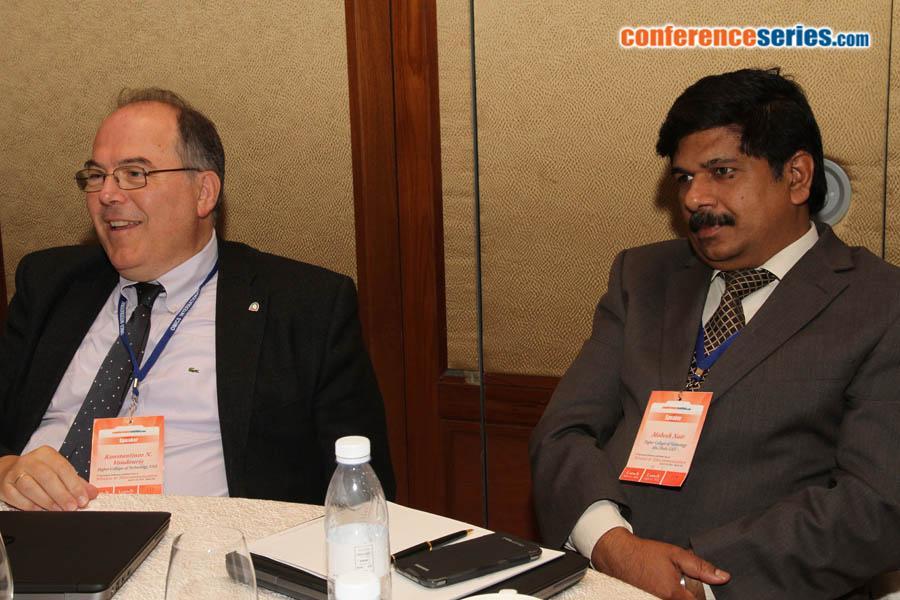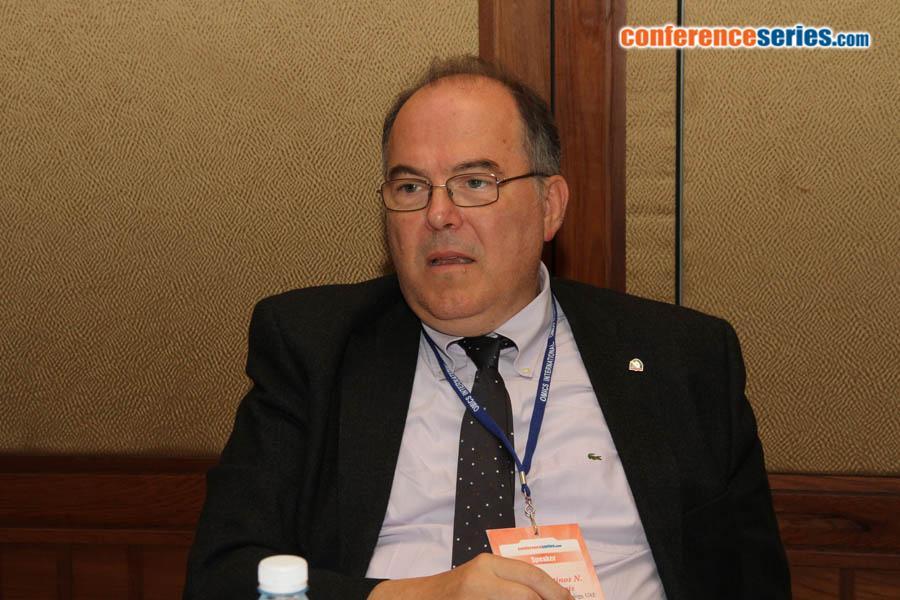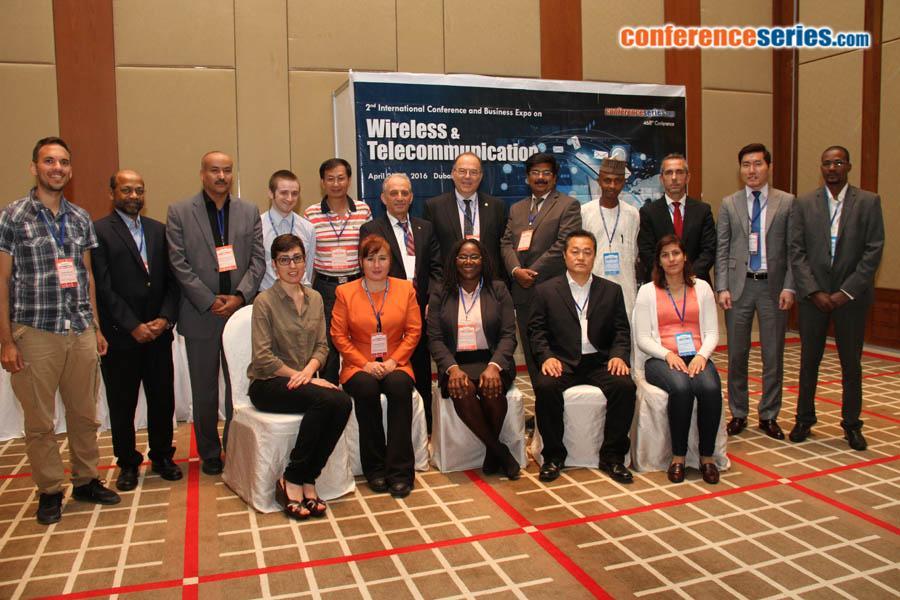
Konstantinos N. Voudouris
Higher Colleges of Technology, UAE
Title: Substrate Integration Waveguide (SIW) Antenna and Passive front-end Design Considerations for the 5G Transceiver
Biography
Biography: Konstantinos N. Voudouris
Abstract
Undoubtedly, 5G equipment will need versatile antennas, covering both back hauling functions as well as access. One of the candidate technologies for serving the future 5G multi-band/multi-mode terminals is the Substrate Integrated Waveguide (SIW) one. This work focuses on presenting recent research on application of Substrate Integration Waveguide technology in designing of antenna array for 5G frond-end passive circuits. In particular, the work is concentrated to the ISM 60GHz band. This particular band is very attractive for frequency reuse networks, providing high-speed and secure wireless communications, due to high oxygen absorption. Further to the SIW design procedure presentation, measured versus simulated results will be presented regarding both the antenna array and the passive front-end comprised by the diplexer and the band pass filters for up and down link operations. All design simulations were performed by using Ansof HFSS v.14. The dielectric substrate chosen for all designs is Rogers RT/duroid 5880 with εr=2.2, tanδ=0.0009 and thickness h=0.508 mm. The return loss varies below -12dB in the whole 60 GHz band, covering a useful bandwidth of nearly 5GHz, while the gain is 21.6dBi and half-power beamwidth is 15.5o and 10.7o in azimuth and elevation planes respectively. The SIW planar diplexer, the bandpass filters and the antenna array are integrated in a common substrate, providing thus a fully integrated SIW millimeter-wave front-end suitable for the new 5G services. Channel to channel isolation varies below 60dB, while the return loss is less than -12dB across the band. In conclusion, SIW design is an attractive candidate technology for the future 5G terminals.





